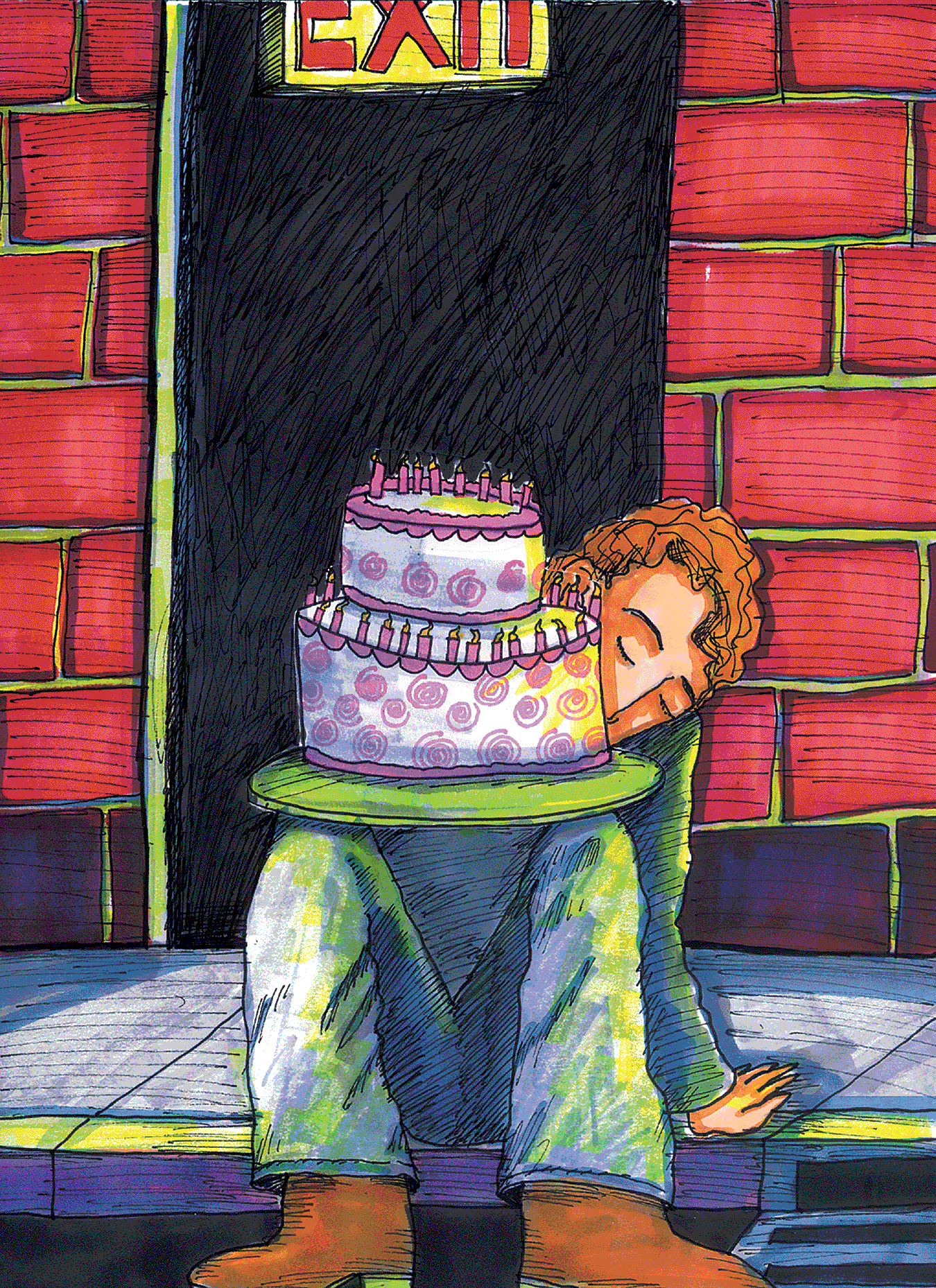“East Harlem’s Bottom Line” casts a spotlight on the work of Hope Community, a well-respected CDC operating in the East Harlem section of New York City. By extension, the article also examines the entire nonprofit community development field by raising a series of challenging issues and questions about the role and essence of nonprofit organizations.
A Challenging Balance
Community-based nonprofits – particularly those working to expand affordable housing opportunities – often operate in rapacious real estate markets. Organizations such as Hope Community, which operate in depressed markets such as East Harlem, face an especially difficult situation. While most responsible nonprofit property owners and managers would say they work for the people and communities they are trying to serve, many also would say that running a sophisticated business operation is crucial to what they do.
Nonprofit, mission-driven property developers and managers must clearly be concerned with the best interests of their residents and their communities. But they also must be fiercely concerned with, and pay attention to, their “bottom line” – as it relates to the financial viability of their individual properties and the financial condition of their organization’s operations. Keeping these two somewhat conflicting facets in proper balance is one of the more challenging aspects of community development work.
Clearly, and tragically, we all know of well-respected, mission-driven nonprofits, led by well-intentioned board members and competent staff, which have failed. In most of these cases, an organizational postmortem would indicate that somewhere along the way, the “soft” (caring, mission-driven, well-intentioned) and “hard” (business-oriented, systems- and process-driven) parts of their operation fell out of balance.
The work of revitalizing distressed communities into communities of choice for their residents is not an exact science. At a minimum, it requires skilled and adequately funded nonprofit organizations, an array of knowledgeable and responsible partners, a keen and constant reading of neighborhood social and economic dynamics and, most importantly, informed and active residents. For a community to achieve real success, all of these components need to be moving in complementary ways toward commonly held goals and objectives.
Choosing Among Strategies
We know that the best nonprofit community development organizations pick and choose from an array of strategies, which may include single-family and multifamily, ownership and rental, commercial and retail, microbusinesses, large institutional nonprofit businesses and more. Selecting the appropriate combination for a given community is a real challenge, of course. The best communities also prize diversity – expressed in their architecture and open spaces as well as the age, ethnicity, race, languages and occupations of their residents.
It’s also clear that community-based nonprofit organizations cannot turn around or maintain a community on their own. The most successful are able, by choosing strategically important projects, to improve market conditions and perceptions to the point where normal, healthy market forces encourage new investment by developers, businesses, existing property owners, lenders and local governments.
Nonprofits must be responsive to the needs of the broad community. As a result, some may break out of their traditional niche of being exclusive providers of services to low-income households. They may, for example, need to address a range of housing types and income levels in their community. All the time, the proper balancing of community need and organizational capacity and resources remains critical. Hope Community, for example, may very well have worked with the community to determine the most appropriate use for the property; it is currently partnering with a private developer to build middle-income townhouses and condominiums in East Harlem. But, when nonprofits step out of their low-income niche, others may take notice, and occasionally this action even sparks controversy. It’s hard to change perceptions of a community, however, unless something different (hopefully exciting and positive) is happening there.
Hope Community’s joint-venture may be just such a perception-changing strategy. Even a few years ago, no developer would have dreamed of building privately financed, middle-income housing in East Harlem. It’s a tribute to the work of Hope Community and other community-based nonprofit organizations in New York City that the market and perceptions have changed so dramatically. Although community-based nonprofits usually exist expressly to improve social and economic conditions for low-income families and individuals, most practitioners and other experts agree that diversity of income is an important aspect of healthy communities. In an already low-income community, one way to bring about a healthy income mix without displacing current residents is to create additional units and attract folks with a somewhat higher income. So, the debate over who should be housed (low-income or middle-income) is a healthy one.
Informed Residents Are Key
A note of caution for all community-based nonprofit organizations: As the programmatic strategies and real estate deals of community-based nonprofits become increasingly complex and sophisticated, a nonprofit can easily move beyond the understanding and capabilities of its residents. If this happens, the nonprofit risks finding itself in the problematic situation where it may begin deciding for the community, rather than working with it in determining its best interests.
This is one reason that Neighborhood Reinvestment and its affiliated NeighborWorks® network place such a high value on resident leadership development as a core element of the network’s approach to community revitalization. We sponsor regional Community Leadership Institutes, for example, that enable resident leaders to enhance their understanding, share their experiences, hone their leadership skills and gather innovative ideas for their communities. In addition, the NeighborWorks® network has recently developed a community organizing pilot program to examine the strategies and best practices of outcome-based community organizing.
In the end, of course, no “one size fits all” approach can match the wide range of economic markets, housing stock and employment challenges in communities across America. While new and rehabilitated housing stock, additional homeowners and increased public and private investment are essential to community revitalization, the most essential ingredient for long-term success is informed, effective and motivated resident leaders.



Comments